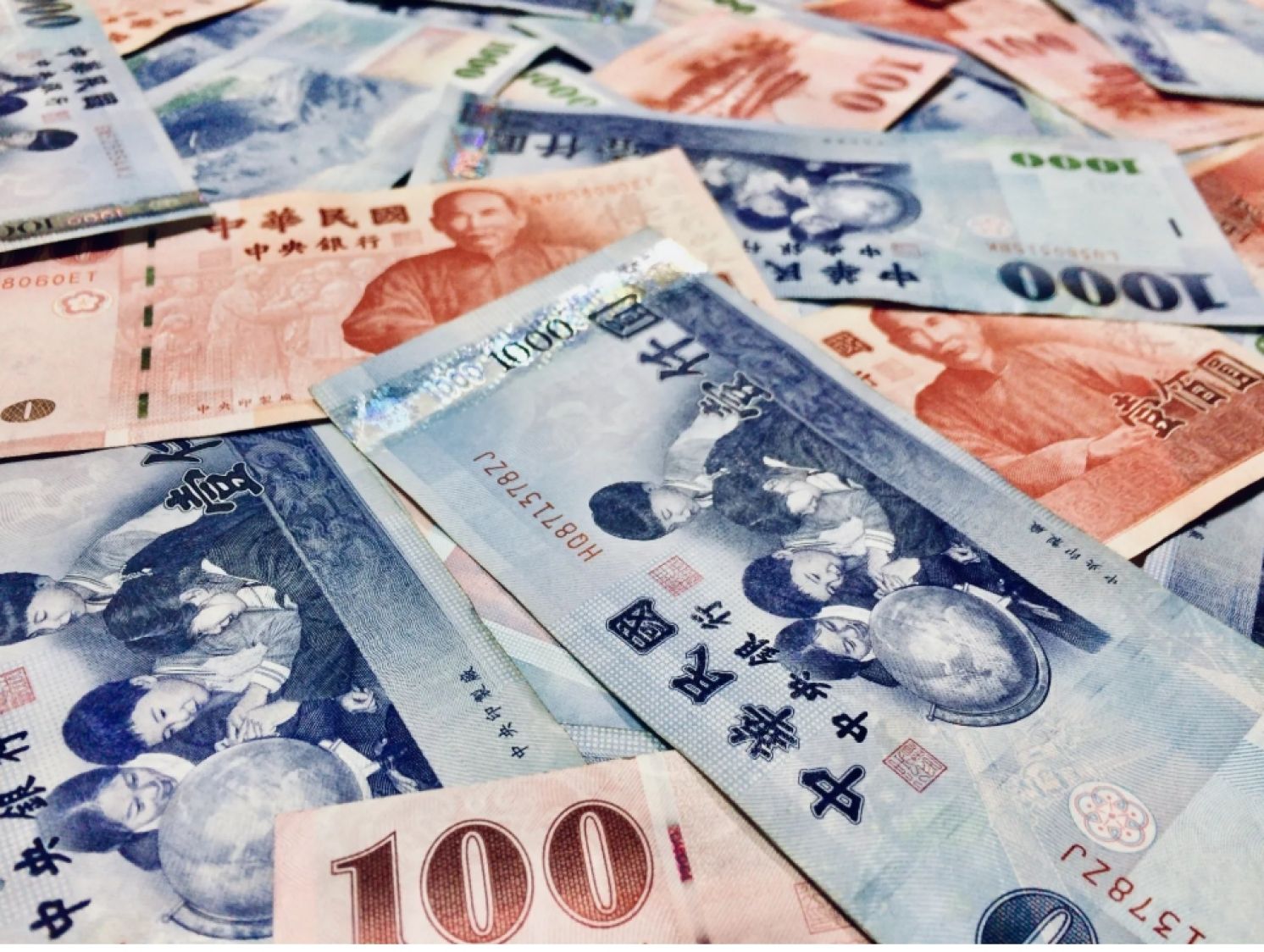
NTD Surge: Taiwan Loses Leverage in U.S. Negotiations
The Storm Media Editorial, July 3, 2025
As the July 9 deadline for the U.S. “reciprocal tariff” moratorium nears, reports suggest that Washington and Taipei are close to reaching a deal. Deputy Premier Cheng Li-chun announced “constructive progress” in the negotiations and expressed hopes for a “mutually beneficial” outcome. Yet the timing of her optimistic remarks has raised eyebrows: why has the New Taiwan Dollar (NTD) been appreciating so sharply just as a deal appears imminent?
The United States has floated a potential 32 percent “reciprocal tariff” on Taiwanese imports, prompting Taipei to deploy its top officials. Representatives from Taiwan’s Office of Trade Negotiations, Ministry of Economic Affairs, Ministry of Agriculture, Ministry of Finance, Ministry of Health and Welfare, and the National Security Council all participated in the talks. Following the first virtual meeting on April 11, officials held two days of in-person negotiations in Washington at the end of April and early May. Another delegation visited Washington on June 25. Strikingly, both rounds of in-person talks coincided with sharp, unusual appreciation of the NTD.
On May 1, during the first face-to-face session, the currency spiked dramatically the next day—gaining NT$1.247 during trading hours, the largest one-day jump in 14 years. Although the Central Bank intervened late in the session, the NTD still closed 0.953 higher. The unexpected surge triggered concern at the highest levels, prompting President Lai Ching-te and Governor Yang Chin-long of the Central Bank to assure markets that currency policy was not part of the U.S.-Taiwan negotiations. Authorities also warned against currency speculation.
When Deputy Premier Cheng led the June 25 delegation to meet U.S. Trade Representative Jamieson Greer and Assistant Secretary of Commerce for Global Markets Arun Venkataraman, she again spoke of “constructive progress” and a “win-win” outcome. But from June 24 to 26, the NTD jumped another 0.569, briefly breaking the 28-to-the-dollar mark on June 27 before retreating to 29.18 by close, due to central bank intervention. On July 1, it soared by 0.717, breaking through the 29.2 threshold.
This recent bout of appreciation has fueled speculation. Despite significant volatility, Taiwan’s central bank has refrained from heavy intervention—prompting analysts to suspect political motives. One theory: by allowing the NTD to appreciate, Taipei is trying to avoid being labeled a “currency manipulator” by the Trump administration and preempt any move to use such a label as a bargaining chip in trade talks.
Beyond currency concerns, Taiwan is closely watching whether the United States will invoke Section 232 of its Trade Expansion Act—a provision that allows tariffs or quotas on imports deemed to threaten national security. The key question: will Washington use this clause to target Taiwan’s semiconductor industry?
This is a critical issue for Taiwan. On May 7, Taipei submitted a position paper warning that U.S. tariffs on Taiwanese chips could disrupt global supply chains. Observers believe this topic was likely discussed during the latest round of negotiations.
What worries many is the Lai administration’s apparent eagerness to give major concessions even before talks formally begin. The Taiwan Semiconductor Manufacturing Company (TSMC) pledged $100 billion in U.S. investments before negotiations got underway. After the first in-person session, Secretary-General Pan Men-an of the Office of the President promised to purchase large quantities of Alaskan liquefied natural gas (LNG). Each time a key moment in the talks arises, the NTD spikes dramatically—yet the central bank remains on the sidelines, seemingly wary of being accused of currency manipulation.
Critics identify this strategy of sending Taiwanese envoys with lavish gifts to appease a powerful foreign partner. One after another, the Lai administration seems to be trading strategic assets for symbolic gestures of loyalty to Washington, in pursuit of its “decoupling from China, aligning with the West” policy.
U.S. Secretary of the Treasury Scott Bessent previously referred to the “Dirty 15”—countries with significant trade surpluses and barriers against American goods. Taiwan, the seventh largest trade partner of the United States with a $73.9 billion trade surplus in 2023, is among them.
While the United States accuses others of “dirty” practices, President Donald Trump himself has admitted to using similar tactics. When a journalist asked about China’s alleged theft of intellectual property and how he would negotiate with such a country, Mr. Trump replied: “You don’t think we did that to them? We did. We’ve done plenty.” Asked if this is how the world works, he answered without hesitation: “It’s a dirty world.”
Both President Lai and Deputy Premier Cheng seem eager to secure a “win-win” deal with “Daddy Trump.” Yet with no transparency in the talks, possible Section 232 tariffs looming, and the NTD skyrocketing before any deal is inked, many wonder: can Taiwan truly “win” under this pressure? Or will Mr. Trump’s full-court economic pressure leave Taiwan with little more than a stronger currency and weaker exports?